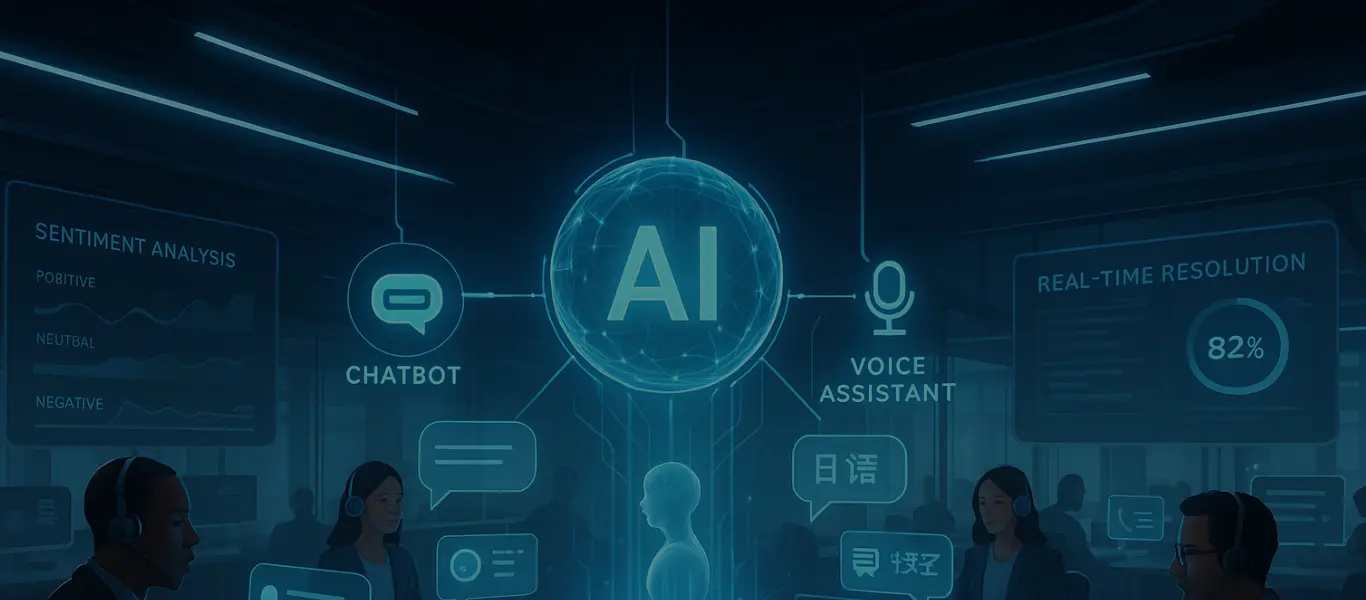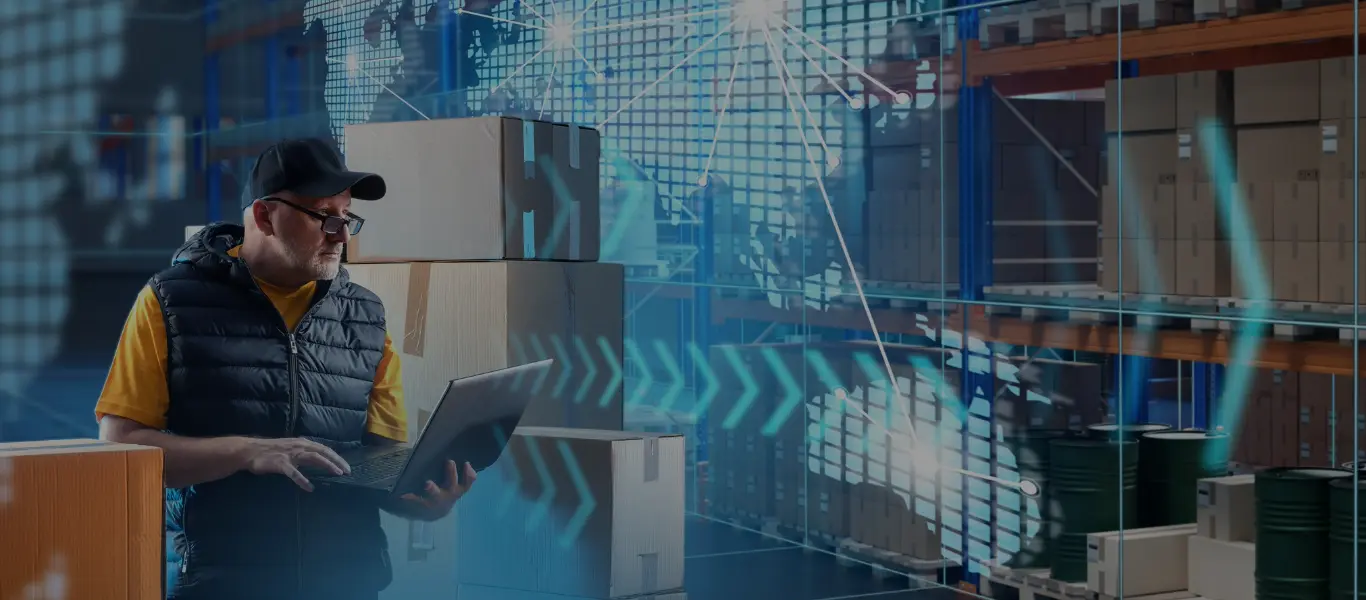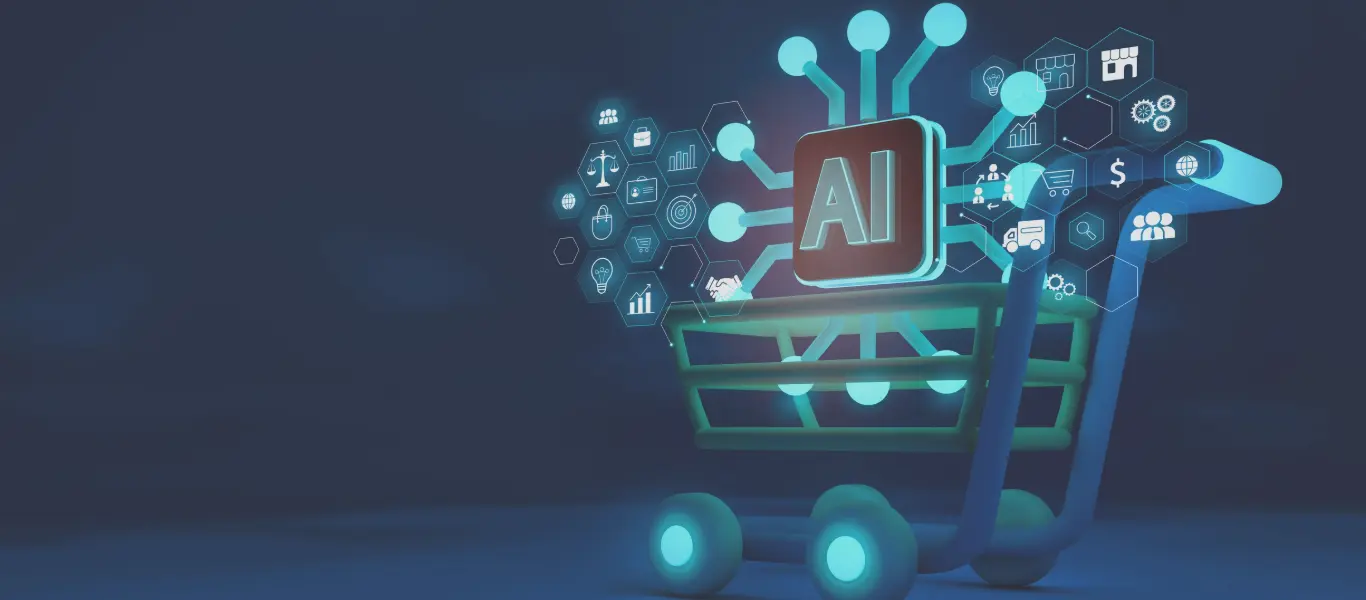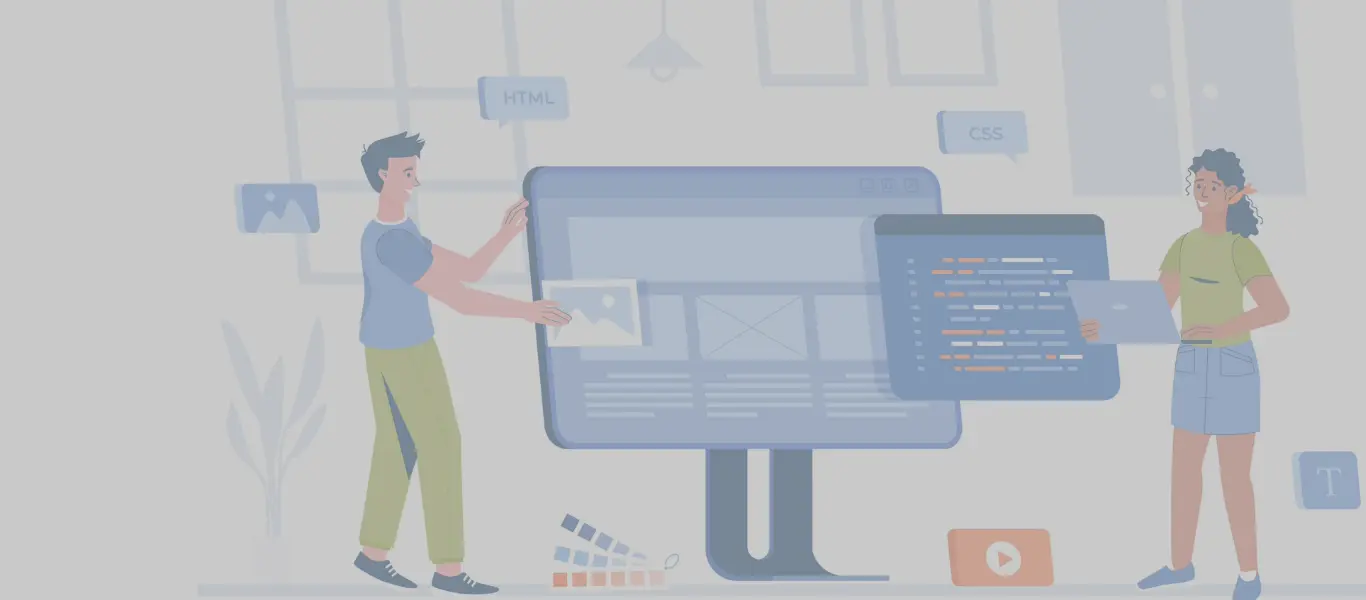This blog is Part 2 of the 4 part series based on excerpts of the webinar – Secrets to Successful SAP Commerce Cloud Migration. It covers:
- Key benefits of SAP Commerce Cloud (Part 1)
- Challenges while migrating SAP on premise to SAP commerce Cloud (Part 2)
- SkillNet approach to migration SAP commerce Cloud (Part 3)
- Q&A SAP commerce Cloud (Part 4)
This blog covers Challenges while migrating SAP on premise to SAP commerce Cloud and SkillNet approach to migration SAP commerce.
Speakers

DoLoop Digital

SkillNet Solutions Inc

SAP Commerce Experience
Challenges while migrating
Pat Sampson – SAP
Now lets discuss challenges and moving from an on-prem to a cloud based solution.
It’s going to vary, and this is something that’s SkillNet can help you with determining. So part of the problem is a hybrid solutions, So oftentimes around your commerce engine, you’re also running other third party solution. So content management systems potentially, order management systems, potentially, other things that may be hosted alongside your commerce in your existing on-prem deployment.
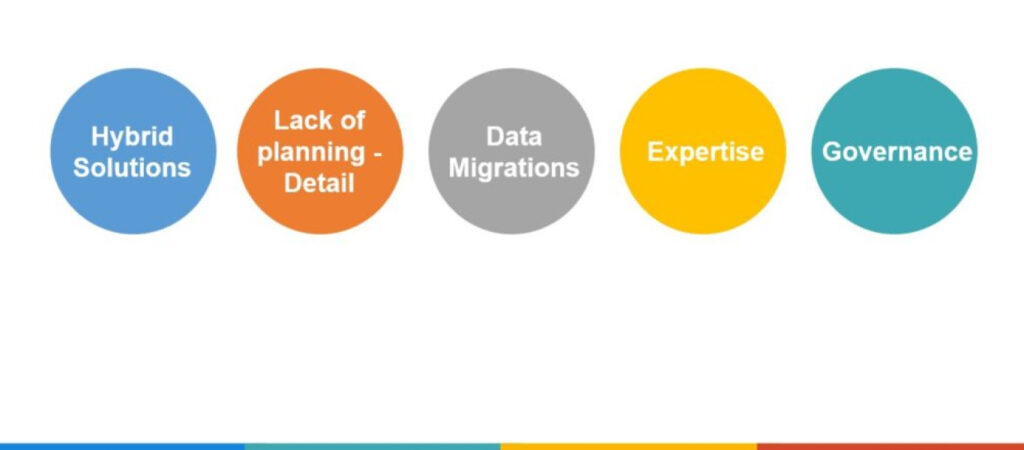
Take a look at the architecture, figure out, what can be co-locate, in your data centers, commerce, what can we put somewhere else? What can we continue to host ourselves? These are architectural decisions that need to be made and that kind of dovetails into the next challenge, which is, lack of planning.
When we’re doing the planning, you need to also make sure that as you’re planning the project, you’re actually going through questions like. What have I done with hybris in the past? What customizations have I created? then what customizations am I using? And how does that line up with the current, solution offered by SAP commerce?
So if I created a customization, version five code line years ago, there may be equivalent functionality out of the box now. So do I want to actually bring those customizations forward or do I want to take in, do I want to take in, essentially, move and, consume the out of the box functionality that I’m providing data migrations along that same line,
If I’ve got all, if I’ve got old customizations that maybe I’m not using anymore, Potentially, I’ve got a lot of data. I need to clean up my database. And that’s one of the things that I’ll be talking about in a few minutes when we talk about the migration process. And that is we essentially to look at the data database, figure out what’s being used What’s not.
It’s the perfect time as part of the migration to clean up your databases and move them forward. then obviously you want to leverage the, expertise, of SkillNet in terms of proper implementation, proper customization methodologies proper UI experience, customizations things along those lines.
Between SkillNet and SAP, we can assist with some of the governance around the actual migration.
Pragnesh Ray – SkillNet
The entire hybris site/store front is created out of Java script. A lot functionalities listed below are available out of the box
- The Spartacus storefront can be compiled and deployed
- Dynatrace has tremendous capability in terms of performance monitoring alerts
- Kibana, centralized logging is also available. Those who have worked with a clustered environment will appreciate the value that centralized logging brings when you have to debug issues and one doesn’t know which app server was, serving the request
What we are saying is that you need to be cognizant about a hybrid solution because once you move your eCommerce application on the cloud, everything is not on cloud. You still have certain applications that resides, in, with third-party vendors, you have on-premise applications and so on. So this is a cognition in terms of design and understanding your enterprise landscape, where everything may not be in one, cloud environment space.
So the challenge with that is, you need to be cognizant about bulk data transfer communication, security latency. So these are all just design issue that you need to be aware of and design through that. The other area that I think Pat also briefly touched on is, lack of planning.
There are a lot of things that you need to do when you move across on-premise to cloud, on planning. The key thing here is, you should have a very good testing strategy. So automated testing is one of the key thing.
When you try to move across the an environment, data migration and data clean up is very important. You may have accumulated a lot of data across a time period and, it could be stale and you don’t want to bring that data into new environment because it may misbehave. So before you do the migration, data cleansing activity is kind of a must, Pat will touch base on this later.
Then we have expertise. You should have resources that understand, the platforms and the migration process, and finally governance. So briefly, when the, application is on your premise, you’re used to opening up a port connecting with different apps server or for example, image sizing you could include the jar in your build for image resizing.
So those kinds of things are no longer possible, because you are in a public environment, shared cloud environment, which is managed by SAP. So, there are of course alternatives to that, you can expose a service endpoint for image resizing and so on. So this is more of a process thing where you need a shift in thinking on how you’re gonna manage your application.
Deepen your understanding of SAP Commerce Cloud (hybris) out-of-box functionality
In Part 3 of the blog we’ll talk about SkillNet approach to migration SAP commerce Cloud. When you want to migrate SAP commerce cloud, you need a certain minimum version, in Aug 2020 we put this 1808 as the minimum version you should have.






 Ingeniería
Ingeniería